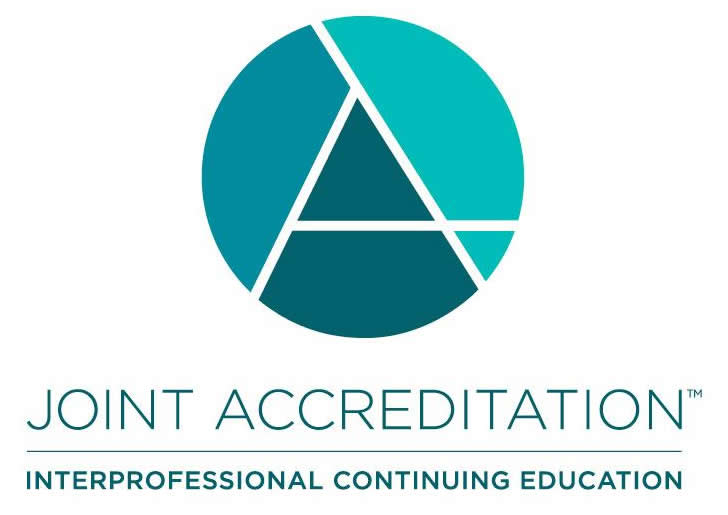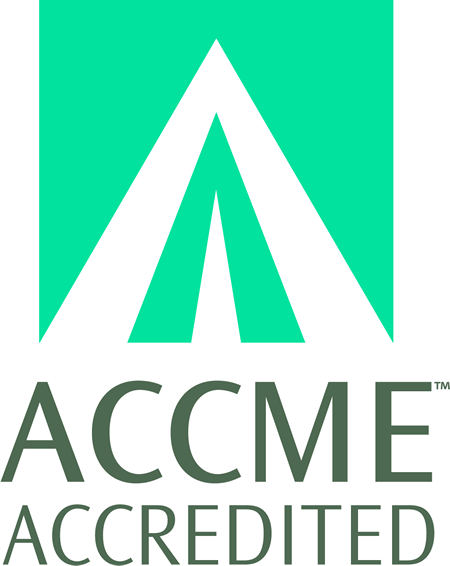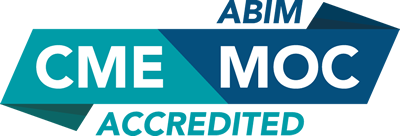
COURSE CREDITS & HOURS
14 AMA PRA Category 1 Credits™14 ACPE Credits
14.0 Contact Hours
14 (part II) MOC points in medical knowledge in the American Board of Internal Medicine's (ABIM) Maintenance of Certification (MOC) program
13 Hours of Pharmacology for NPs
COURSE FEES
TARGET AUDIENCE
PROGRAM PURPOSE
- Review new classes of medications for diabetes treatment with impact on CV outcomes, review 2017, 2018 CV outcomes data for GLP 1 agonists, SGTI, and summarize other CV data for older diabetes medications.
- Evaluate role of biomarkers such as Apo B and LDL P in cardiovascular risk assessment for primary and secondary prevention as well as management.
- Review impact of biomarkers such as lipoprotein (a), homocystine and inflammation markers on cardiovascular disease treatment.
- Discuss impact of epidemic of obesity and treatment approach to work up and management of patients impacted by obesity and its comorbities.
- New Diabetes Medications that Improve Cardiovascular Outcomes
- Review cardiovascular outcomes data for currently available diabetes medications including review of new classes of agents, GLP-1 agonists, SGT2 inhibitors, QR bromocriptine
- Obesity from the Perspective of a Lipidologist: Root Cause Analysis
- Identify medical factors, medications, insulin resistance as secondary causes of obesity and how to work up, address and treat these conditions
- Discuss how diet, genomics, microbiome and environmental factors influence the treatment of obese patients.
- Lipoprotein (a), Homocysteine, Hypercoagulation and CV risk
- Review lp (a), homocystine, MTHFR as risk factors for cardiovascular disease.
- Discuss how to interpret and treat these biomarkers.
- Heart Disease in Women: Putting Prevention into Practice
- Review cardiometabolic risk in women, use of advanced biomarkers and clinical application.
- Complex lipid management: case study review
- Develop practical approach to using advanced lipid testing as well as treatment approach to reduce residual risks in patients with high risk for events.
- Biomarkers: Role of Apo B, LDL-P vs LDL -C in primary and secondary prevention cardiovascular disease, also inflammation
- Review outcomes data for Apo B LDL P and cost effective approach to treatment using advanced testing.
- Learn concept of discordance of LDL C vs LDL P or ApoB
-
Tools for Pulmonary Evaluation
- Gain understanding of the American Thoracic Society guidelines for pulmonary function testing and
- Analyze date from cardiopulmonary stress testing and apply this data in the evaluation of patients with unexplained dyspnea.
- Review criteria for oxygen qualification. Understand the guideline recommendations for patient evaluation and use of oxygen during air travel.
- COPD: Medical and Non-medial treatments.
- Utilize the most recent GOLD guidelines to direct medical therapy.
- Identify COPD patients that may benefit from surgical and non-surgical lung volume reduction.
- Review the role of NIV in both the acute and stable COPD patient.
- Treatment of Uncontrolled Asthma
- Understand expert consensus recommendations for accessing asthma control.
- Apply these expert consensus recommendations to the management of asthma patients.
- Review data on several recently FDA approved medial treatments for asthma and FDA approved bronchoscopic interventions for asthma treatment .
- Interstitial Lung Disease: IPF and Sarcoid
- Recognize the broad differential diagnosis of diffuse parenchymal lung disease.
- Understand the ATS/ERS diagnostic criteria for IPF.
- Understand the various clinical measures predictive of IPF survival and how they are affected by two recent FDA approved medications.
- Recognize the clinical presentation of pulmonary sarcoid.
- Formulate a treatment plan for pulmonary and cardiac sarcoid.
- Pulmonary Nodule Guidelines and Lung Cancer Screening.
- Describe characteristics of pulmonary nodules that influence clinical suspicion for benign or malignant character.
- Apply recommended guidelines for following sold, ground glass, and part solid pulmonary nodules.
- Understand the key elements of lung cancer screening and identify patients who are candidates for screening.
- Acute Respiratory Distress Syndrome: Clinical update 2019.
- Define ARDS using Belin criteria.
- Apply non-invasive ventilation in the management of ARDS.
- Understand current recommendations for mechanical ventilation in patients with ARDS.
- Apply salvage strategies such as prone positioning, ECMO, paralytics, and vasodilators in refractory ARDS.
- Pulmonary Embolism: Treating patients based on risk stratification: a review of the literature and evidence-based guidelines.
- Understand the risk stratification used for acute PE.
- Apply radiological imaging, laboratory markers in risk stratification of PE
- Understand treatment outcomes of high and intermediate risk patients with PE treated with thrombolysis vs standard anticoagulation.
- Apply current ACCP recommendations for duration of treatment of acute PE.


























